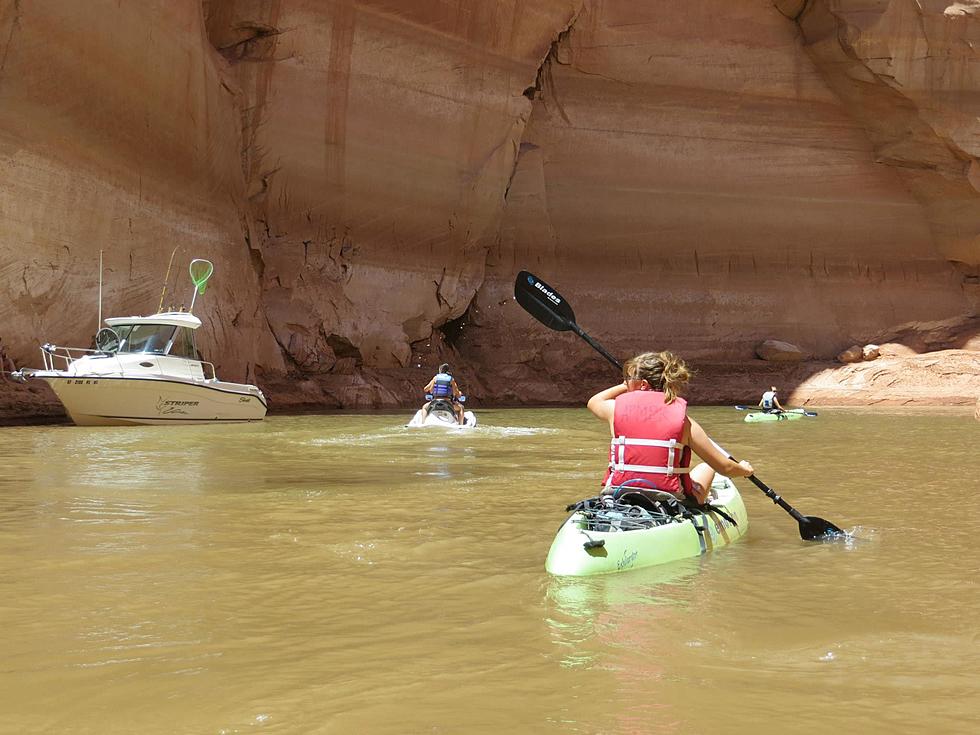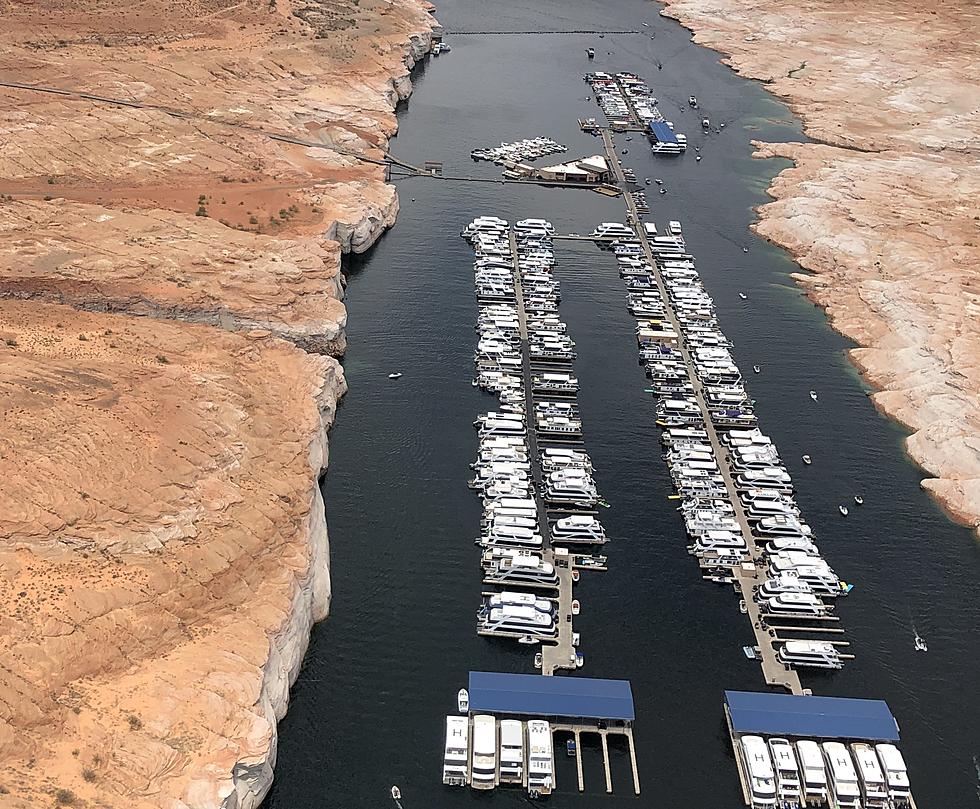
Boating Regulation Changes Take Effect This Weekend
Before you take your boat and head to the lake this weekend, the Utah Division of Wildlife Resources wants to remind boaters of some changes that take effect this weekend.
Beginning Saturday, July 1st, All boat owners with motorized boats — both residents and non- — are now required to pay the aquatic invasive species fee at the DWR website. This is separate from the boat registration fee that Utah residents pay to the Utah Division of Motor Vehicles.) After making the payments, boaters will be mailed proof-of-registration stickers that must be attached to their boats. The aquatic invasive species fee is $25 for non-residents and $20 for residents. The funds are used to help prevent quagga mussels from spreading from Lake Powell to other Utah waterbodies.
In addition, resident boaters are also now required to take the annual Mussel Aware Boater Course which can be found on the STD of the Seas website. Before the change, only non-residents were required to take the course.
And now, anyone with watercraft — including kayaks, canoes and paddle boards — is required to stop at open aquatic invasive species inspection stations after leaving a waterbody. Anyone who doesn’t stop is guilty of a class B misdemeanor.
In May of 2021, the first-of-its-kind boat decontamination dip tank was installed at Lake Powell to aid in the fight against invasive quagga mussels. Now, the Utah Division of Wildlife Resources, Clean Wake LLC and Utah State Parks have installed a second dip tank at Utah Lake State Park. Locations for additional dip tanks around Utah have been announced.
Rather than requiring personnel to climb around and under boats to manually spray hot water during inspections and decontaminations, the dip tank allows boaters to back their watercraft into the 14-foot wide, 5-foot deep tank of 110-degree water to more effectively and thoroughly flush complex intake systems.
The dip tank includes built-in guiding tracks to help boaters back their watercraft into the tank. The filtration and pump system will turn over the water in the tank every two hours to keep it clean. The whole decontamination only takes about 5-10 minutes with this system. However, boaters should note that they need two people to use the dip tank — one person to drive the truck and another person to operate the boat.
Garrett Atwood and Jonas Hyita, founders of Clean Wake LLC, collaborated with the DWR aquatic invasive species team and created the dip tank to provide a faster, more efficient method of decontaminating complex boats to prevent the spread of invasive mussels. These revolutionary dip tanks use a tank, pumphouse, and heating and filtration system, and were awarded a patent in the U.S. and Canada in 2022.
The dip tank at Utah Lake was installed in May 2023 and is located near the entrance to the state park. Similar to the system at Lake Powell, it is free for boaters.
In addition to the dip tanks at Lake Powell and now at Utah Lake, dip tanks will be installed at Sand Hollow State Park, Flaming Gorge Reservoir, Pineview Reservoir and Willard Bay Reservoir. The new locations are expected to be installed later this year, or in 2024.
Take a Look Inside This Stunning $12.5 Million Steamboat Mansion
More From KSUB 590/107.7









